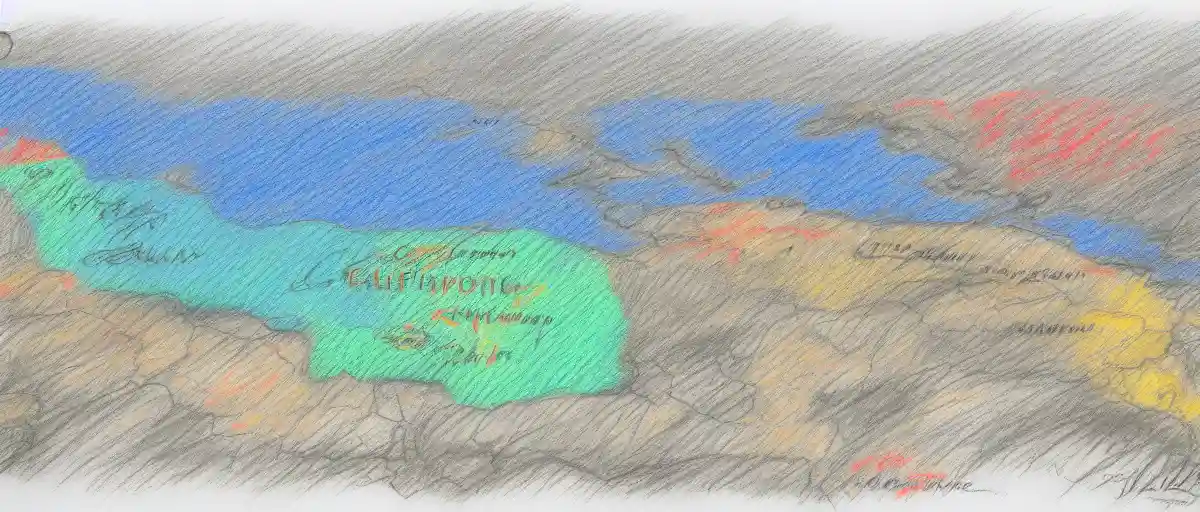You Might Find This Fascinating As Well:
“California’s Political Landscape Turns Blue: Analyzing the Factors Behind the Shift”
California, a once staunchly Republican state, has undergone a seismic political shift, transforming into a Democratic stronghold. The data highlights the undeniable impact of key factors such as demographic changes, policy priorities, and the Republican Party’s struggles to connect with the state’s diverse population.
To open up the discussion, demographic changes have played a significant role in shaping California’s political landscape. The state’s increasingly diverse population, with a rising number of Hispanic, Asian, and other minority groups, has favored the Democratic Party. Some argue that this shift reflects the progressive values and inclusivity embraced by the party, resonating strongly with these communities.
Policy priorities have also been instrumental in the transformation. California has been a trailblazer in implementing progressive policies, particularly on issues like the environment, healthcare, and social justice. Supporters credit these policies for addressing pressing concerns and attracting a broad base of Democratic supporters.
However, it’s important to consider the opposing perspective. Critics argue that California’s shift towards Democratic dominance has been driven by overreach and an excessive focus on progressive policies. They contend that the state’s leadership has neglected more conservative ideas, leading to a polarization that has alienated Republican-leaning voters. Moreover, critics argue that some of the policies implemented may have unintended consequences that hinder economic growth, job creation, and individual freedom.
The struggles faced by the Republican Party in California cannot be overlooked. They have encountered difficulties in attracting support from communities of color and younger voters, who tend to align more with Democratic values. Additionally, the urban-rural divide within the state poses another challenge, with urban areas leaning heavily Democratic while rural areas maintain stronger Republican support.
The transformation of California’s political landscape from a Republican stronghold to Democratic dominance reflects a combination of factors, as the data indicates. Both sides of the debate have valid arguments, highlighting the influence of demographic changes and policy priorities. It is essential for the Republican Party to adapt and bridge the gap with California’s diverse population if they aim to regain significant support in the state. Similarly, the Democratic Party should strive for inclusivity and consider the potential consequences of their progressive policies to maintain a balanced political environment. Only by understanding and respecting diverse perspectives can California move towards a more cohesive and effective governance.
Here's A Video We Thought You Might Also Like:
Author Profile

- As a business reporter, I thrive on dissecting complex financial matters, including their political implications. My articles explore how economic policies and political decisions shape the business landscape.
Latest entries
 Breaking News2023.12.19Revealing the Biden Family’s Troubling Tax Secrets A Closer Look Inside Their Financial History
Breaking News2023.12.19Revealing the Biden Family’s Troubling Tax Secrets A Closer Look Inside Their Financial History Breaking News2023.12.18Congressman Barr Endorses Trump The Impact on Kentucky and America
Breaking News2023.12.18Congressman Barr Endorses Trump The Impact on Kentucky and America Breaking News2023.12.17Top Official Quits Biden’s EV Agenda Amid Republican Opposition – What’s Next
Breaking News2023.12.17Top Official Quits Biden’s EV Agenda Amid Republican Opposition – What’s Next Breaking News2023.12.15Stunning Divide Among Senate Democrats Revealed in Border Talks!
Breaking News2023.12.15Stunning Divide Among Senate Democrats Revealed in Border Talks!






